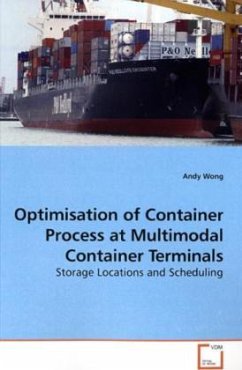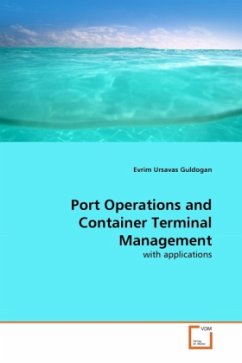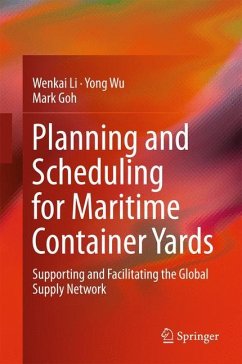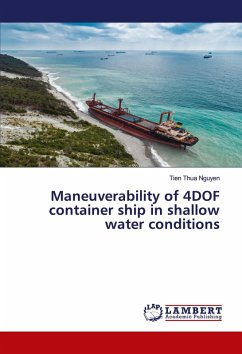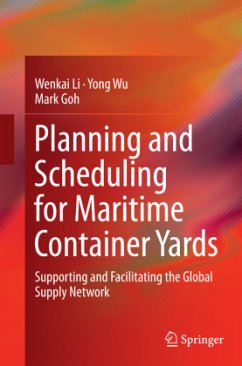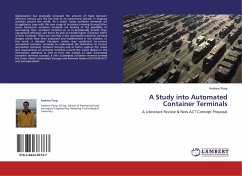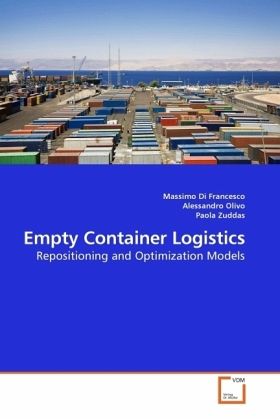
Empty Container Logistics
Repositioning and Optimization Models
Versandkostenfrei!
Versandfertig in 6-10 Tagen
32,99 €
inkl. MwSt.

PAYBACK Punkte
16 °P sammeln!
Over the last years, empty container repositioning has become one of the most important problems in the shipping industry. The practical relevance of this problem offers stimulating research opportunities on how to best utilize empty containers. Traditional approaches to this problem are typically inadequate, as they capture limited aspects of real-world operations. This book provides an accurate overview of current logistic practices concerning the management of empty containers in the context of international trade. This information is exploited to develop new optimization models involving m...
Over the last years, empty container repositioning has become one of the most important problems in the shipping industry. The practical relevance of this problem offers stimulating research opportunities on how to best utilize empty containers. Traditional approaches to this problem are typically inadequate, as they capture limited aspects of real-world operations. This book provides an accurate overview of current logistic practices concerning the management of empty containers in the context of international trade. This information is exploited to develop new optimization models involving more information than in the past, enhancing the analysis of these problems and providing high-quality solutions in terms of speed and reliability. Some tests on real data problems show that significant savings in costs can be achieved by these models. The book should be especially useful to professionals in the Shipping Industry, Logistics and Supply Chain Management, as well as anyone else who may be considering to adopt optimization models for repositioning problems.



